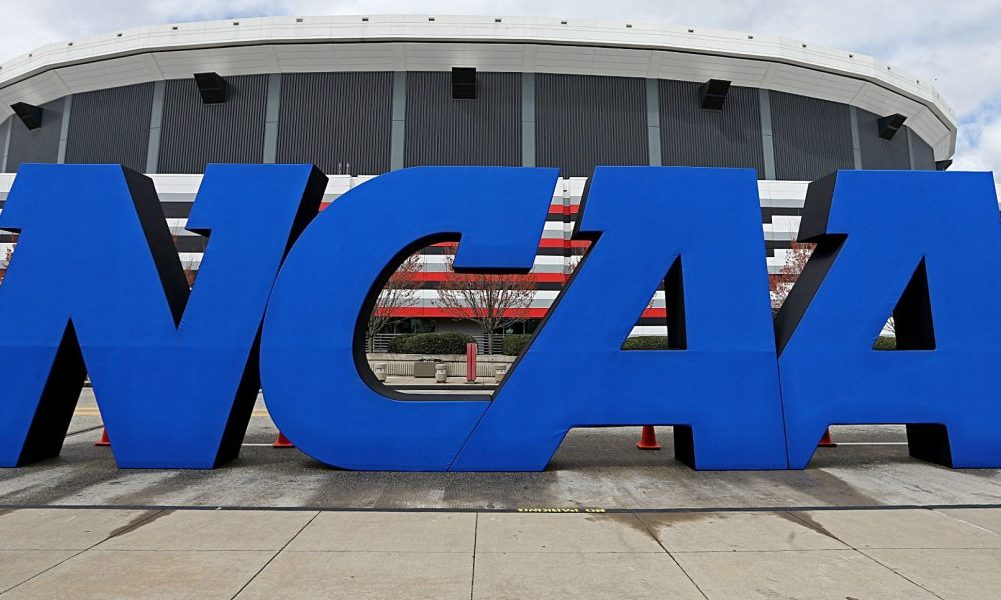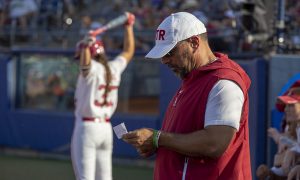New NCAA DI Transfer Rules in Effect

Today marks the first day of new NCAA DI transfer rules that were approved by the autonomy conferences last spring. The NCAA did away with the “permission to contact” transfer model for student-athletes. So what does this mean for DI softball? Let’s take a look.
The Old Way
Previously, if a student-athlete wanted to transfer from a university they needed to obtain a “permission to contact” letter before beginning to talk to other schools and programs. The main problem with this model was that universities and coaches had arguably too much control over where a student-athlete could transfer. Student-athletes could be restricted by virtually any criteria from being banned from entire states, to no programs on the coming season’s game schedule, to specific conferences, and more. Student-athletes could appeal their permission to contact restrictions through the NCAA appeal process but that is lengthy, can get ugly, and still does not guarantee a different outcome. This new legislation aims to changes this.
Moving Forward
Starting today, a student-athlete only needs to provide their university and coach their written “intent” to transfer. After this occurs, the university must enter the student-athlete’s name into a national transfer database within two business days. At this point, the student-athlete may contact and be contacted by whomever. However, inter-conference transferring rules do still apply. So things like sitting out a season of play when transferring within the same conference are still in effect.
Another big change within this legislation now makes it legal for the universities to cancel a student-athletes aid for the following term as soon as they receive intent of transfer. Previously, intent to transfer was not one of the acceptable reasons for a university to remove a student-athlete’s aid. This is where critics of the new rules take issue.
Concerns about the ability to immediately remove aid are two-fold. Firstly, critics point to a potential inconsistency in who may or may not lose their aid and when that would occur. If there is an All-American student-athlete who wants to transfer the university may hold off on canceling financial aid in the hopes of retaining that player while an athlete who isn’t as crucial to continued on-field success may lose aid immediately. Secondly, critics raise concerns over that loss of aid should a student-athlete change their mind about transferring and wishes to stay at their current university.
While the first concern has validity, the second has a little less. A student-athlete’s decision to officially express intent to transfer should not be done lightly, as a threat, or as a way to “shop around” and see what else is out there. A goal of these changes is to increases the transparency of the transfer process while creating a “safer space” for student-athletes and coaches to have these conversations while working to address problems. Hopefully, conversations about any issues are happening before a decision to commit to transferring has been made so loss of aid is less of an issue. The ability to remove aid adds protection for programs while doing away with the permission to contact model helps better protect student-athletes.
Only time will show the impact of these changes but it will definitely be something to keep a close eye on.







